In August, 18 educators joined in the Ethi{CS} Summer Project, an annual virtual conference which, this year, focused on “Teaching Ethics in the Computer Science Classroom.” The session was designed to give computer science educators time and space to reflect on their own courses and practices, and to present techniques from ethics pedagogy to support their work.
One of the thoroughgoing themes for CS educators who want to include more ethics in the classroom is that there are pressures against doing so — after all, there is only so much time in the school year and there are a daunting number of CS concepts that we might feel students should learn in that time. One of the solutions we prefer at the ethi{CS} project is to lessen the time pressure by having students thinking about ethics while learning technical concepts from CS. Computer science instructor and Tang Fellow Nick Zufelt shared sample lessons from his and other ethi{CS} project-supported courses that do exactly that: a salutations generator, spellchecker assignment, and business card generator.
There is another kind of time pressure as well — that we as educators only have so much time to plan and redesign classes. The session was intended to frame options that could be borrowed or adapted, as well as allow educators time and space to find the easiest access points for their own classes and have time to confer with others about what’s currently on their minds by rethinking labs and projects accordingly.
Finally, it is rare for a CS educator to have had the opportunity to study ethics formally — and rarer still to have had any experience teaching ethics. How should teachers who aren’t sure where to start, get started?




